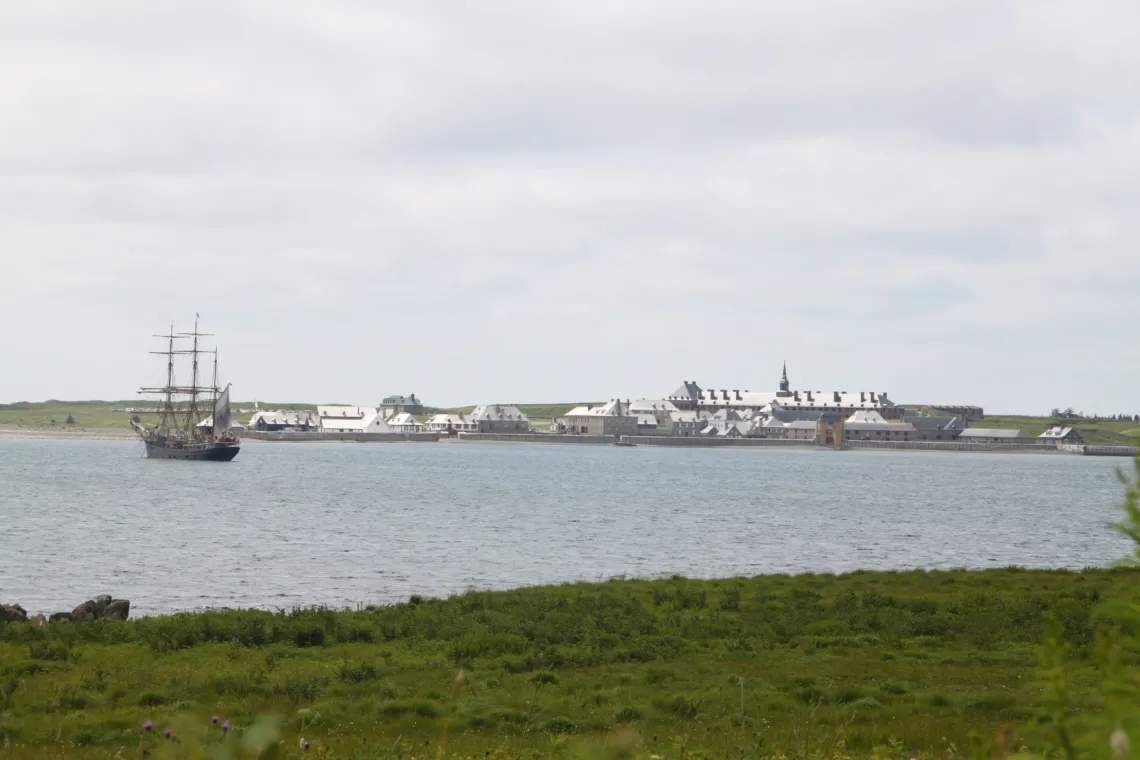
Fortress of Louisbourg National Historic Site in Cape Breton, Canada. Photo by Martin Welker.
European Colonization
European colonization introduced new people, cultures and animals to the Americas which have had undeniable impacts on the environment and experience of the people living there. The archaeological material from this period provides a powerful opportunity to explore the human condition through a combination of written records and archaeological material. My work in this area centers on understanding the introduction and management of domesticates in the Americas, and the exploitation of economically important species like cod and fur bearing mammals. Much of this research has been conducted on faunal material from the Fortress of Louisbourg National Historic Site in Cape Breton, Canada.
The Fortress of Louisbourg was once the capital of the French Ile Royal colony. Costing the French Crown 30 million French livres (today more than 6 billion U.S. dollars), Louisbourg was built in 1713 as a base for the French cod-fishing fleet after France lost Newfoundland to the British at the end of the War of Spanish Succession. The Fortress of Louisbourg was destroyed in 1759 during the French and Indian War, and the site remained largely undisturbed until an excavation program funded by the Canadian government in the 1960s. Today Louisbourg is a National Historic Site of Canada featuring an open-air museum and a reconstruction of the town that once stood on this site.
Analysis of animal bones from this site has produced insights into the diet of soldiers in the Americas, the kinds of dogs imported by European colonists, the management of livestock by colonists, and the trans-Atlantic cod trade.
My colleague Eréndira Quintana-Morales and I are preparing to pursue further research at Louisbourg. Future research on the cod trade is being undertaken in partnership with the ERC funded 4-Oceans project.





